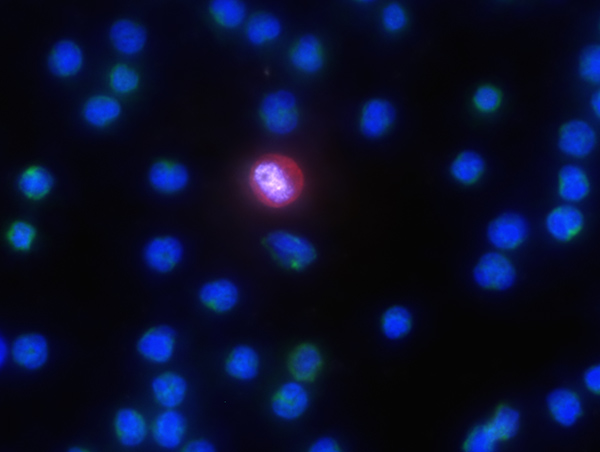
Just as signposts provide information, direction, and guidance, so too cancer biomarkers can better reveal the complex, dynamic, and heterogeneous landscape of malignancies. Such information is critical for creating better cancer diagnostics, prognostics, and therapeutics, but the journey to find just the right biomarker is often a long and winding road.
Biomarker discovery and utilization is being explored by means of various methods and technologies. These include the isolation and characterization of rare circulating cancer cells, the use of multiplexing to extract information from limited amounts of sample, and even the application of evolutionary biology to detect early cell changes.
These approaches are all being developed by companies interested in improving cancer diagnostics, prognostics, and therapeutics. For example, one of the companies cited in this article is scrutinizing circulating tumor cells (CTCs) to predict resistance to cancer drugs. (This work was presented at a scientific retreat convened by the Prostate Cancer Foundation.) Other companies represented in this article are developing novel cancer diagnostic approaches. (These were detailed at the recent Cambridge Health Diagnostics Summit.)
To read the rest of this article click here.













